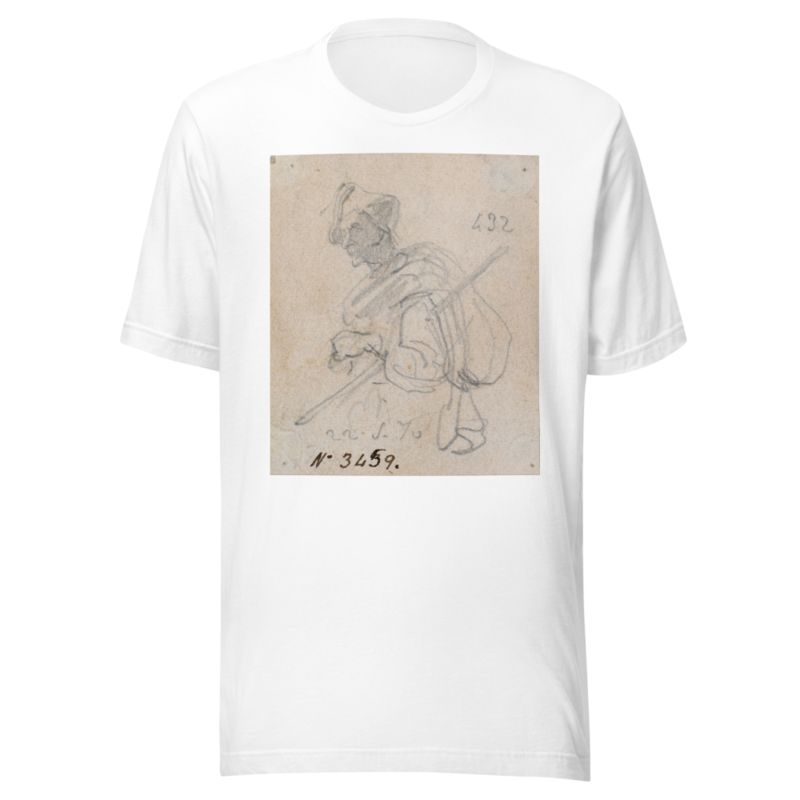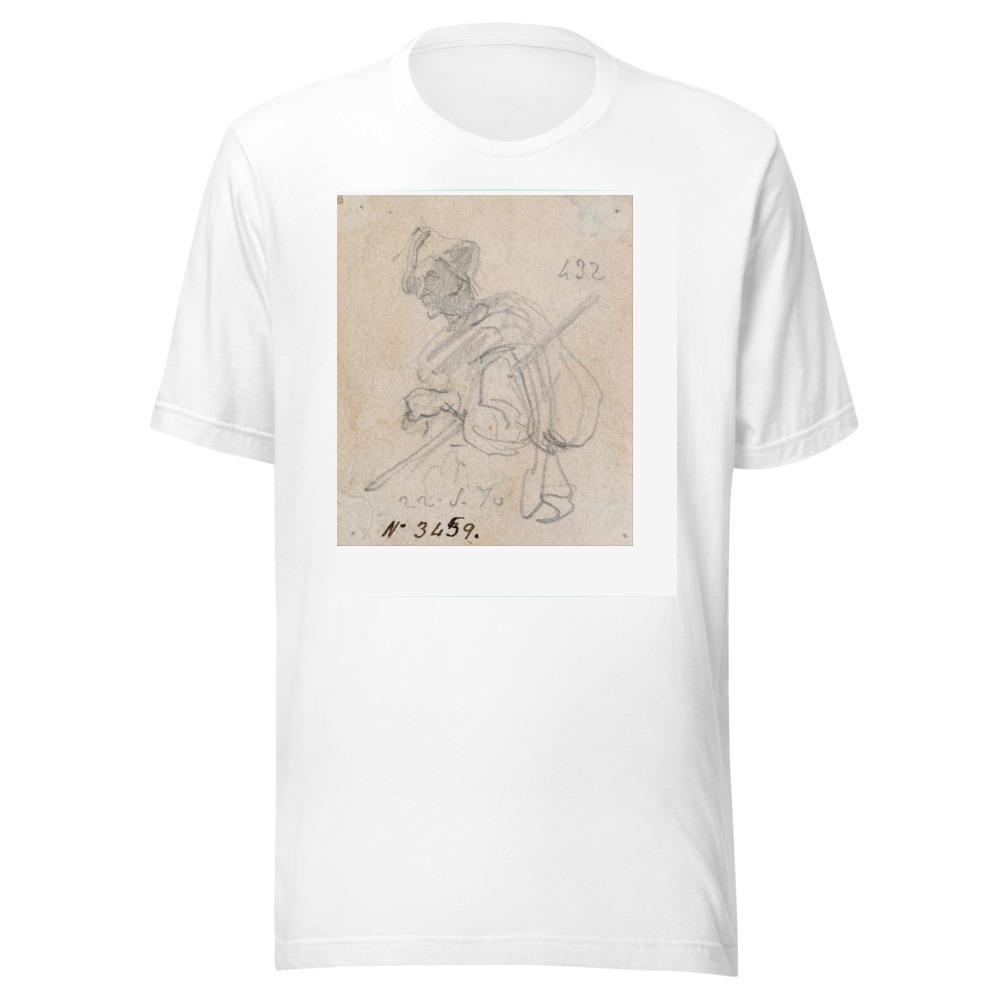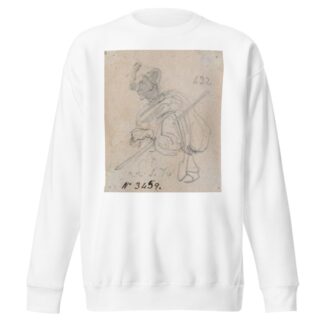Description
Sketch from Life by Santiago Rusiñol printed on a T-Shirt
About the T-Shirt
Regular fit
Standard length, the fabric easily gives into movement
Casual wear
A classic, everyday option loved by our customers
Side-seamed
Constructed by sewing two parts together, creating a fitted look
The Unisex Staple T-Shirt feels soft and light with just the right amount of stretch. It’s comfortable and flattering for all. We can’t compliment this shirt enough–it’s one of our crowd favorites, and it’s sure to be your next favorite too!
- Solid colors are 100% Airlume combed and ring-spun cotton
- Ash color is 99% combed and ring-spun cotton, 1% polyester
- Heather colors are 52% combed and ring-spun cotton, 48% polyester
- Athletic and Black Heather are 90% combed and ring-spun cotton, 10% polyester
- Heather Prism colors are 99% combed and ring-spun cotton, 1% polyester
- Fabric weight: 4.2 oz./yd.² (142 g/m²)
- Pre-shrunk fabric
- 30 singles
- Side-seamed construction
- Tear-away label
- Shoulder-to-shoulder taping
- Blank product sourced from Nicaragua, Mexico, Honduras, or the US
Santiago Rusiñol (1861 – 1931)
Santiago Rusiñol i Prats was a Spanish painter, poet, and playwright. He was one of the leaders of the Catalan modernisme movement.
He influenced Pablo Picasso as a modern artist, and also left a number of modernist buildings in Sitges, a town in Catalonia.
Rusiñol was born in Barcelona in 1861, to a family of industrialists in textiles with origins in Manlleu. Despite the fact that he was the heir to the family’s lucrative operations, by the time he was a teenager Rusiñol already showed a strong interest in painting and travel.
His training as painter started at Centro de Acuarelistas de Barcelona under the direction of Tomàs Moragas. Like so many artists of the day, he travelled to Paris in 1889, living in Montmartre with Ramon Casas and Ignacio Zuloaga. He died in 1931 and was laid to rest in the Cemetery of Montjuïc.
Much of his work in Paris belonged to the Symbolism painting style. While there, he also attended the Gervex Academy, where he discovered his love for modernism. After returning to Spain, he settled in Sitges, founding a studio/museum named Cau Ferrat. When back in Barcelona, he was a frequent client of the café Els Quatre Gats, noted for its association with modernisme and the young Pablo Picasso. He went to Mallorca with the painter Joaquin Mir Trinxet, where they met the mystic Belgian painter William Degouve de Nuncques in 1899.
He was most known for his plays, and landscape and garden paintings. He died in Aranjuez in 1931 while painting its famous gardens.






Reviews
There are no reviews yet.